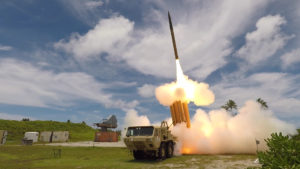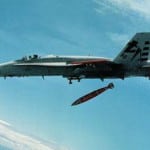
HUNTSVILLE, Ala. – Lockheed Martin [LMT] is looking at how it can integrate the Terminal High Altitude Area Defense (THAAD) system into more sensors to potentially aid in defending against hypersonic glide weapons and is also taking lessons from its U.S. hypersonic missile defense bid, according to a company official. In May, former Director of the Missile Defense Agency (MDA) Vice Adm. Jon Hill told a Senate panel he thinks “there’s likely some capability that can be leveraged” with THAAD…

 By
By 











